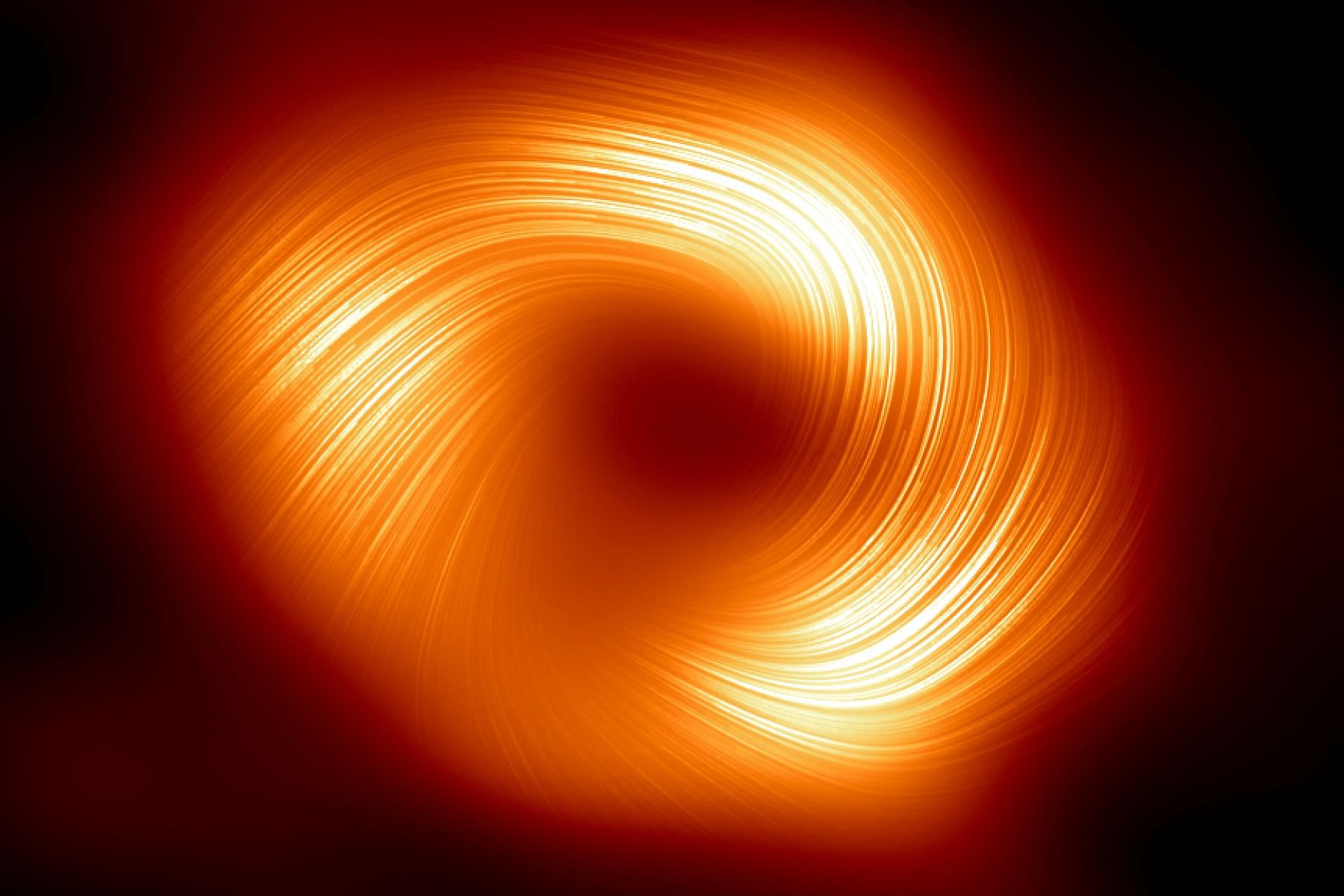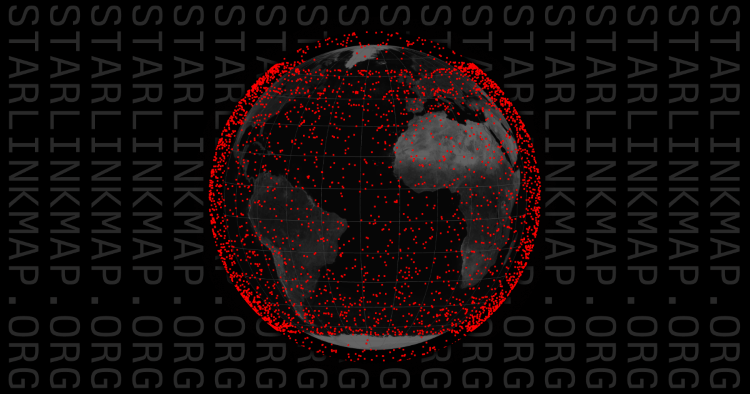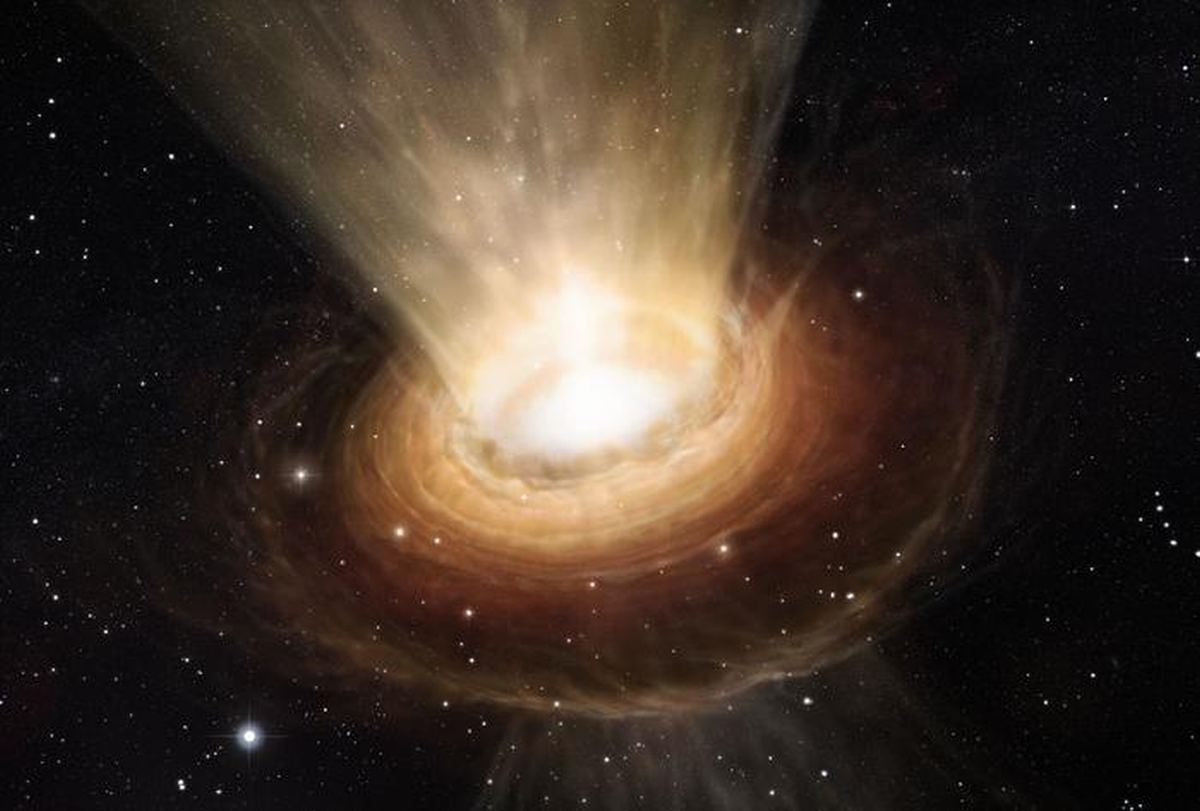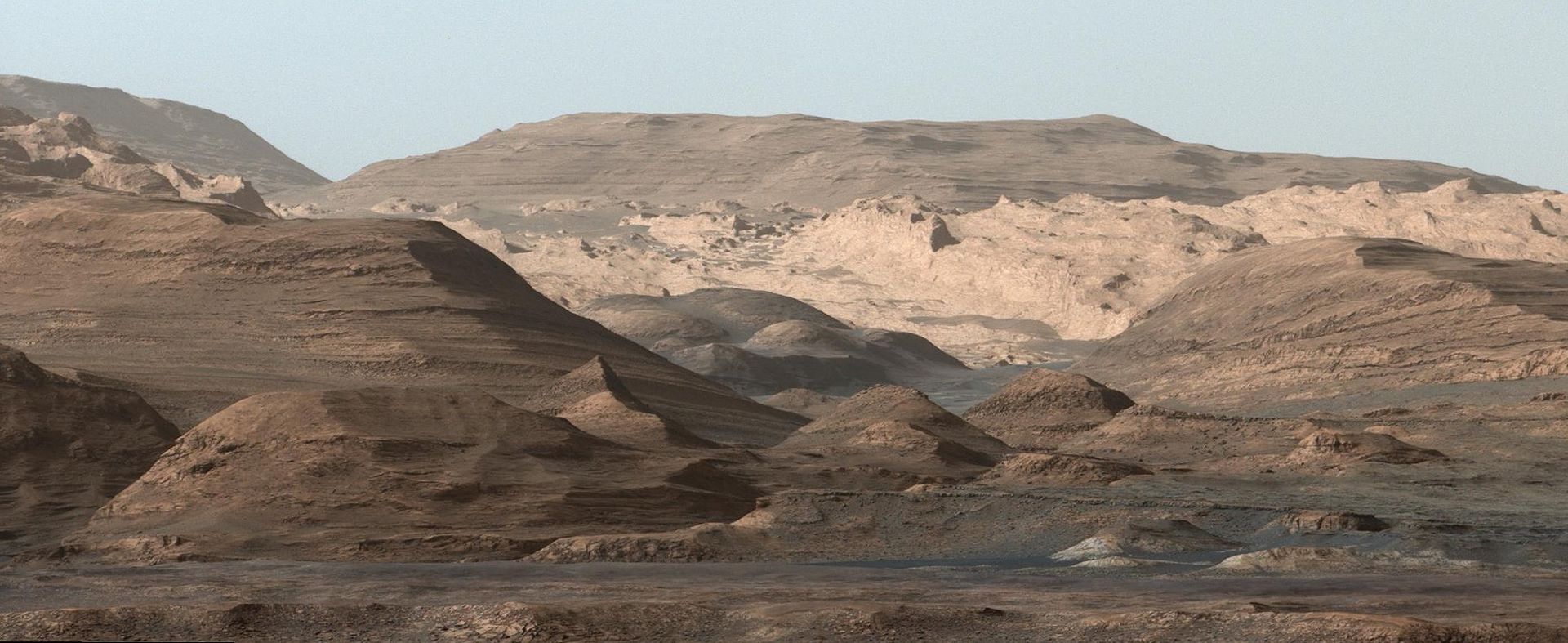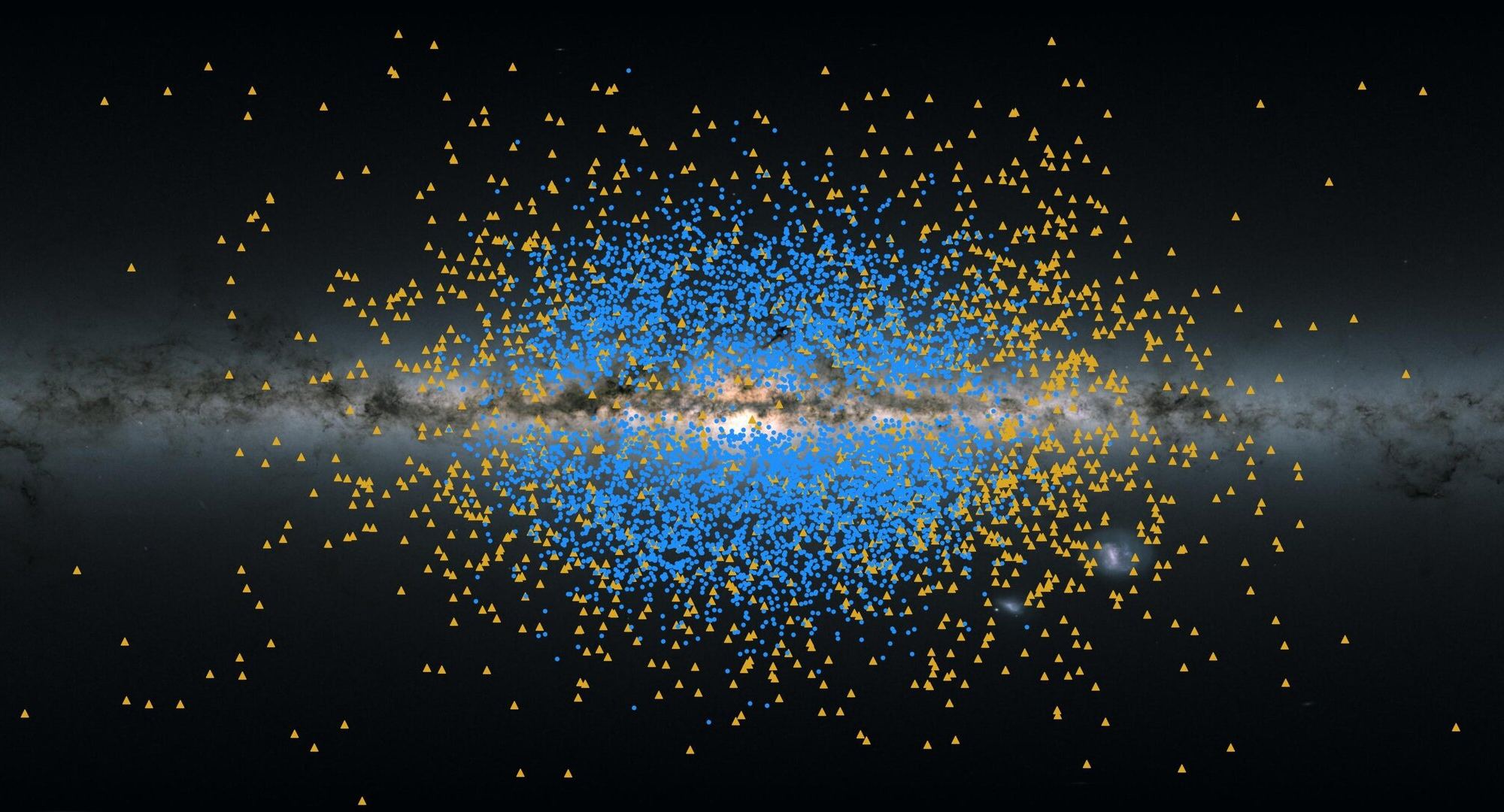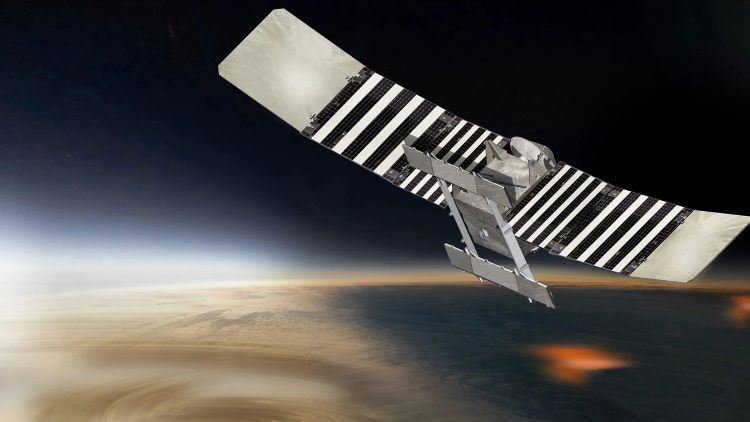Fresh imagery from the Event Horizon Telescope traces the lines of powerful magnetic fields spiraling out from the edge of the supermassive black hole at the center of our Milky Way galaxy, and suggests that strong magnetism may be common to all supermassive black holes.
Continue reading “New View Reveals Magnetic Fields Around Our Galaxy’s Giant Black Hole”New View Reveals Magnetic Fields Around Our Galaxy’s Giant Black Hole
